Introduction: The Cornerstone of Japanese Cuisine
Japanese soy sauce, otherwise referred to as “shoyu,” is a pivotal fermented condiment that cooks regard as a fundamental element of Japanese culinary culture. This condiment is not merely a dipping sauce for sushi; it is a culinary element that can enhance the flavor profile of various dishes. This Japanese soy sauce is a foundational flavor that chefs utilize in various culinary preparations, including stews and soups.
The beer’s flavor profile features a deep and rich taste, which results from a multifaceted production process that involves the fermentation of soybeans and wheat in conjunction with koji mold. However, it is important to note that “Japanese soy sauce” is not a single entity, as Japan boasts an astonishing diversity of Japanese shoyu types. The distinct characteristics of each type are indicative of the unique historical and climatic influences that have shaped their respective regions and are further indicative of a broader cultural inclination toward Japanese soy sauce within the local populace.
This article will provide a comprehensive survey of the historical development of Japanese soy sauce and a comprehensive overview of the diverse regional varieties of Japanese shoyu. Furthermore, the text delves into the influence of Japanese shoyu on various culinary traditions, with the ensuing analysis conducted from the perspective of academic inquiry.
The Origins and Historical Development of Japanese Soy Sauce
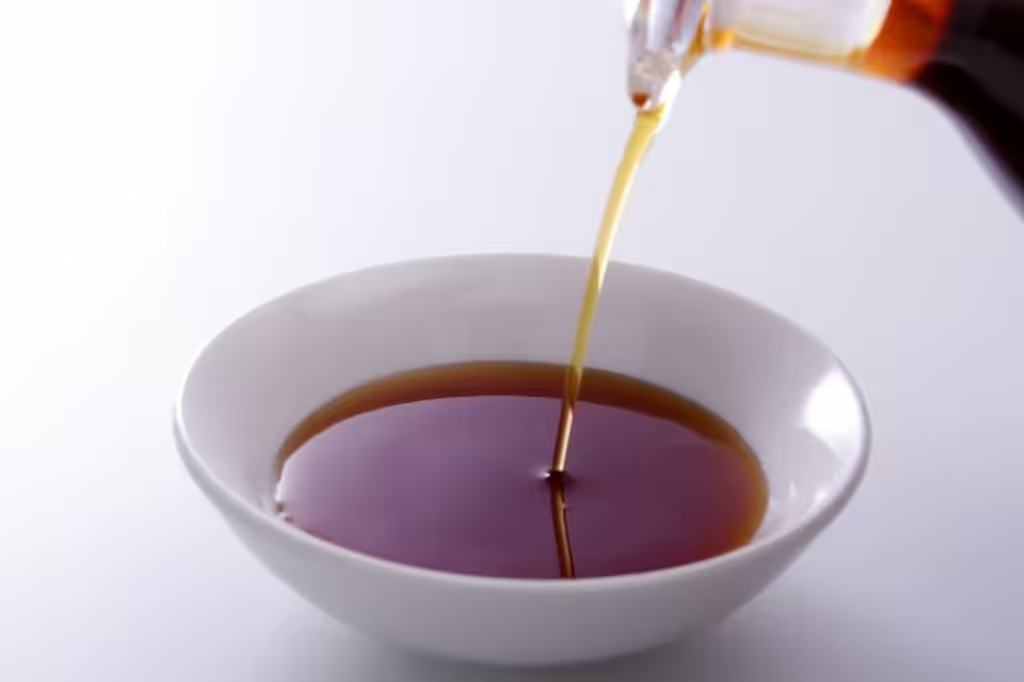
The Origins of Soy Sauce in Japan
People know the prototype of soy sauce as hissho, a paste-like seasoning that has its origins in ancient China. The grain-based variant, kokubishio, came to Japan during the Nara period (710–794), when people initially regarded it as a luxury item for the imperial court.
The Emergence of Early Shoyu
Subsequent to this, a direct ancestor of modern Japanese shoyu emerged during the Kamakura period (1185–1333). The utilization of tamari as a seasoning agent by Zen monks is a notable historical development, as tamari is the flavorful liquid obtained from miso barrels.
Industrial Production and the Edo Period
The term “shoyu” first appeared in literature during the Muromachi period, when the industrial production of Japanese shoyu then commenced. A significant turning point in the history of Japanese art occurred during the Edo period (1603–1868), as Edo (present-day Tokyo) evolved into a substantial consumer hub where the restaurant culture was flourishing. This shift gave rise to a demand for bold and distinct flavors.
The Development of Koikuchi in Kanto
In response to this challenge, brewers refined and perfected the soy sauce known as koikuchi, a dark-colored soy sauce that hails from the Kanto region. Noda and Choshi in Chiba constituted pivotal production areas where the farmers possessed soybeans and wheat of high quality. The region’s strategic positioning along the river enabled efficient transportation, a significant advantage that contributed to its economic development and allowed this local koikuchi Japanese shoyu to become firmly entrenched in Edo’s culinary landscape.
The Rise of Usukuchi in Kansai
Concurrently, the culinary traditions of the Kansai region have historically emphasized the preservation of delicate flavors and natural colors in food through the use of traditional methods. The objective of meeting this aesthetic standard drove the development of usukuchi soy sauce in Japan, a light soy sauce that features a pale color and a mild aroma. Consequently, two predominant categories of soy sauce emerged, each developing a relationship with its regional food culture.
Regional Varieties of Japanese Soy Sauce
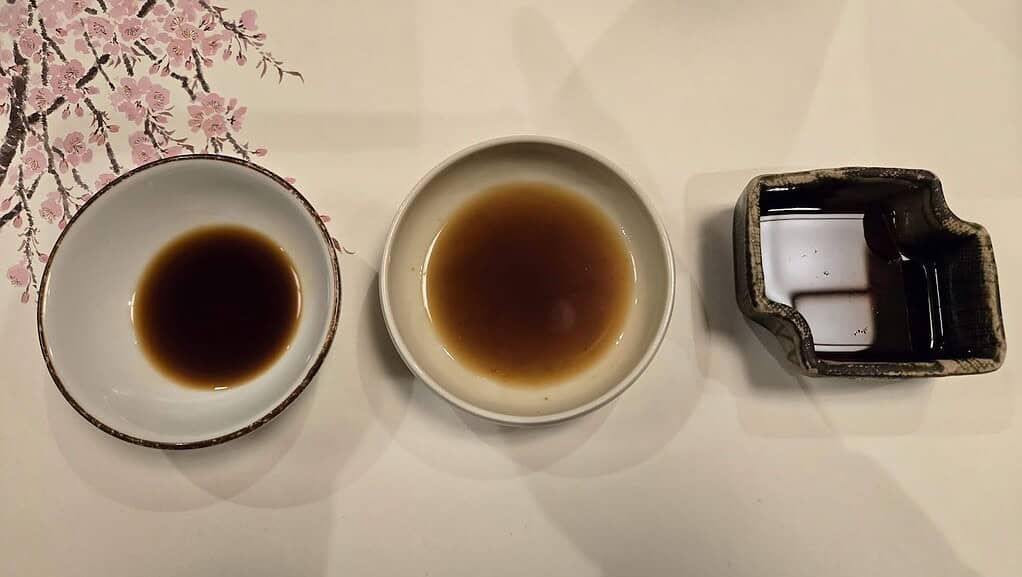
It has five main categories. These are classified by the Japanese Agricultural Standard (JAS). Each Japanese shoyu has unique production methods. Each has enriched Japan’s regional cuisines.
Koikuchi Shoyu (Dark Japanese Soy Sauce): Kanto Region / Nationwide
Koikuchi is the most common type of Japanese soy sauce. It accounts for about 80% of all production and is made from equal parts soybeans and wheat. It undergoes a thorough fermentation and aging process. This results in a superb balance of the five tastes. This Japanese shoyu develops a fragrant aroma when heated. This versatility makes it an all-purpose seasoning. Cooks use it for dipping, drizzling, and cooking. In the Kanto region, chefs combined it with a rich dashi.This created the powerful flavor of Edo-style cuisine. This Japanese soy sauce is essential for many dishes. It is also used for tempura and soba dipping sauces. Koikuchi neutralizes the strong smell of fish. This made it indispensable for Edo-mae sushi.
Usukuchi Shoyu (Light Japanese Soy Sauce): Kansai Region
Usukuchi Japanese shoyu originated in Tatsuno. It is brewed with a higher concentration of saltwater. It is also fermented slowly at lower temperatures. This process suppresses its color and aroma. The resulting color is a light amber. However, its salt content is higher than koikuchi. Usukuchi is indispensable to Kansai’s refined dashi culture. It elevates the elegant umami of kombu dashi. It preserves the natural colors of the ingredients. The cuisine of the Kansai region depends on this Japanese shoyu. This includes Kyoto’s kyo-ryori and its clear soups. It is a Japan soy sauce born from a distinct aesthetic.
Tamari Shoyu (Tamari Japanese Soy Sauce): Tokai Region
Tamari is the oldest form of Japanese shoyu. Producers make it primarily in the Tokai region, using almost entirely soybeans with little wheat. Its thick texture and intense umami, along with a unique, profound aroma, distinguish it. Its rich flavor produces a beautiful reddish glaze when heated. This makes it ideal for dishes like teriyaki chicken. Cooks also use it for simmered dishes and rice crackers.Tamari Japan soy sauce is a popular dip for sashimi. Its powerful umami complements the richness of the fish. Its flavor resonates with the region’s strong miso culture.
Saishikomi Shoyu (Twice-Brewed Japanese Soy Sauce): Yamaguchi Prefecture & Others
Also known as kanro shoyu, this is a luxury product. Makers create it through a labor-intensive process. Brewers brew standard Japanese soy sauce in saltwater. They re-brew Saishikomi shoyu in finished soy sauce. This takes twice the ingredients and time. Its color, taste, and aroma are all remarkably deep. Due to its opulent flavor, cooks prize it as a finishing sauce. They do not typically use it for cooking.A few drops can enhance high-quality ingredients. This includes sashimi, sushi, or chilled tofu.
Shiro Shoyu (White Japanese Soy Sauce): Aichi Prefecture
Shiro shoyu originated in Hekinan, Aichi Prefecture. It has a color even lighter than usukuchi. It is a pale, translucent amber. Its primary ingredient is wheat. It contains only a small amount of soybeans. Makers age it for a short period. This results in a mild umami and subtle sweetness. As a “colorless” Japanese soy sauce, chefs treasure it. It adds flavor without altering an ingredient’s color, making it perfect for savory egg custard and soups. Cooks also use it for dashi-based vegetable dishes and it allows for a refined, delicate finish.
Further Regional Diversity in Japanese Shoyu
Beyond these five types, local preferences spurred diversification.
Kyushu’s Sweet Japanese Soy Sauce (Amakuchi Shoyu): Kyushu has a distinctly sweet soy sauce, especially in southern prefectures, made with added sweeteners like sugar. This sweet Japanese shoyu is the overwhelming standard and is even used for sashimi. This preference has complex origins, including the region’s warm climate, Nagasaki’s history as a sugar trade hub, and sweetness as a sign of hospitality.
Hokuriku Region’s Umakuchi Shoyu: This region also favors a sweet, full-bodied Japanese shoyu that evolved to have enhanced umami to complement the local seafood from the region’s prominent fishing industry.
Tohoku and Hokkaido Regions: These northern regions are a koikuchi culture area but show high consumption of dashi-infused soy sauces and concentrated soup bases (tsuyu). Furthermore, a strong culture of fish sauce (gyosho) persists, with products like Akita’s shottsuru used alongside Japanese soy sauce.
Conclusion
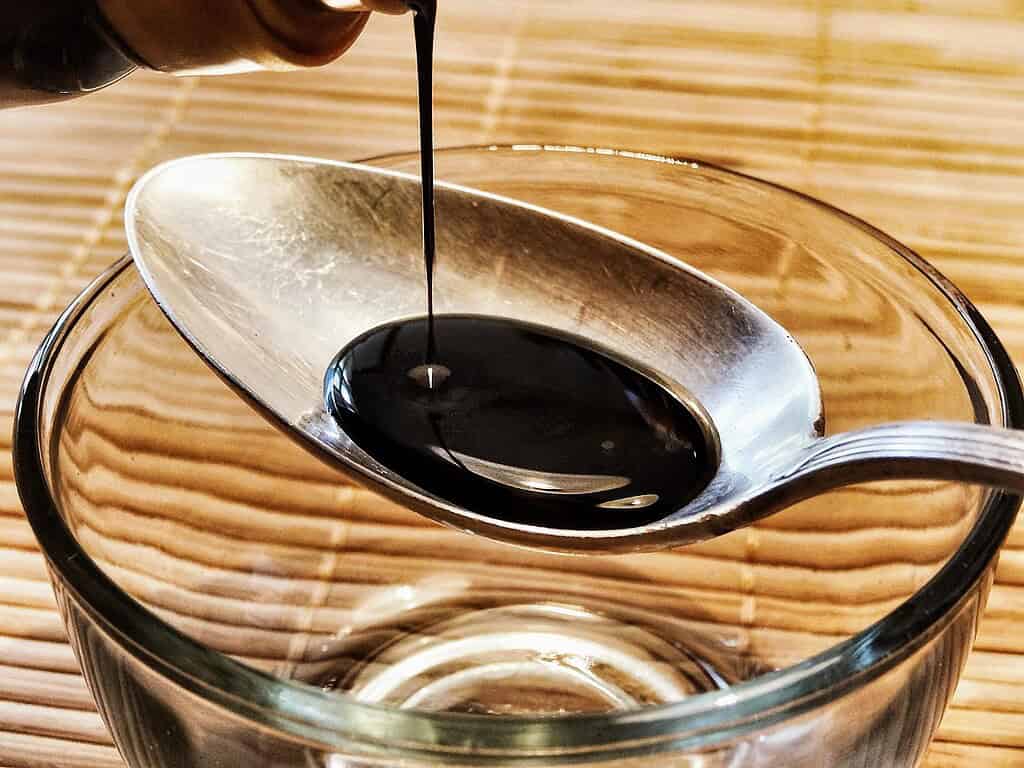
The evolution of Japanese soy sauce from its Chinese origins is a subject of interest that has led to a remarkable increase in the diversity of the available products. The Japanese culture of soy sauce features depth and regional diversity, as Kanto’s koikuchi played a pivotal role in shaping the distinct identity of Edo cuisine while Kansai’s usukuchi style served as the foundation for the subtlety that characterized Kyoto’s artistic milieu. It is important to note that Japanese soy sauce is not merely a seasoning but a fundamental component that delineates regional culinary cultures.
The unique characteristics of each Japanese soy sauce offer a rich narrative that includes the five principal types as well as the distinctive sweet soy sauce of Kyushu, a regional specialty that adds a unique flavor dimension to the blend. A comprehensive understanding of this relationship is imperative for a nuanced appreciation of Japanese food culture.
FAQ
What is the main difference between dark and light Japanese soy sauce?
Koikuchi is a dark, all-purpose Japanese soy sauce. Usukuchi is lighter in color. It preserves the natural appearance of ingredients. However, usukuchi Japanese shoyu is actually saltier.
Is dark Japanese soy sauce saltier than light soy sauce?
No, it is the opposite. Despite its name, usukuchi soy sauce typically has about 10% more salt content than koikuchi Japanese soy sauce.
What is tamari Japanese soy sauce?
It is a thick, umami-rich Japanese soy sauce. It is made primarily from soybeans. It is excellent for glazes like teriyaki. It is also a good dip for sashimi.
Why is Japanese soy sauce from the Kyushu region sweet?
This is attributed to historical factors. A warm climate was one reason. Another was the cultural role of sweetness as hospitality.
What are the main ingredients of Japanese soy sauce?
The three basic ingredients are soybeans, wheat, and salt. The ratio of these ingredients helps determine the type of Japanese shoyu.
What is shiro shoyu (white Japanese soy sauce)?
It is a very pale Japanese soy sauce. It is made primarily from wheat. It is used when adding flavor without imparting color is desired.
Where did Japanese soy sauce originate?
Its prototype is a Chinese seasoning called hishio. The Japanese shoyu evolved into its modern form in Japan. This happened during the Kamakura period.
What is saishikomi (twice-brewed) Japanese soy sauce?
It is a premium, deeply flavorful Japanese soy sauce. It is re-brewed in finished soy sauce instead of saltwater. It is also known as kanro shoyu.
How long does Japanese soy sauce last after opening?
Once opened, it should be refrigerated. This slows oxidation. For the best flavor, it is ideal to use it within about one month.
What is the difference between Japanese soy sauce and mentsuyu?
Japanese soy sauce is a fundamental seasoning. Mentsuyu is a convenient, ready-to-use broth. It is made from Japanese shoyu, dashi, mirin, and sugar.
References
- Kikkoman Corporation. (n.d.). Regional Characteristics of Soy Sauce.
- (n.d.). Regional Characteristics of Soy Sauce from the Perspective of Local Cuisine.
- Kojiya Amekaze. (n.d.). Soy Sauce and Japanese Food Culture.
- Kobai Shoyu. (2025, June 2). Why Does Soy Sauce Taste Different in Kanto and Kansai? The Mysteries of Regional Soy Sauce Culture.
- (n.d.). The Koikuchi Soy Sauce and Food Culture Born in Edo.
- Ministry of Agriculture, Forestry and Fisheries. (n.d.). Soy Sauce, Miso, and Other Seasonings | An Illustrated Guide to Traditional Japanese Food.
- (n.d.). The Origin and History of Japanese Soy Sauce | Soy Sauce Trivia | Understanding the Soy Sauce of Japanese Food Culture.
- (2024, December 12). The Taste of World-Class Japanese Cuisine! Characteristics and Differences of Soy Sauce by Region.
- PAYSAGE. (2025, January 6). Let’s Enjoy the Differences in Soy Sauce from Various Regions of Japan.
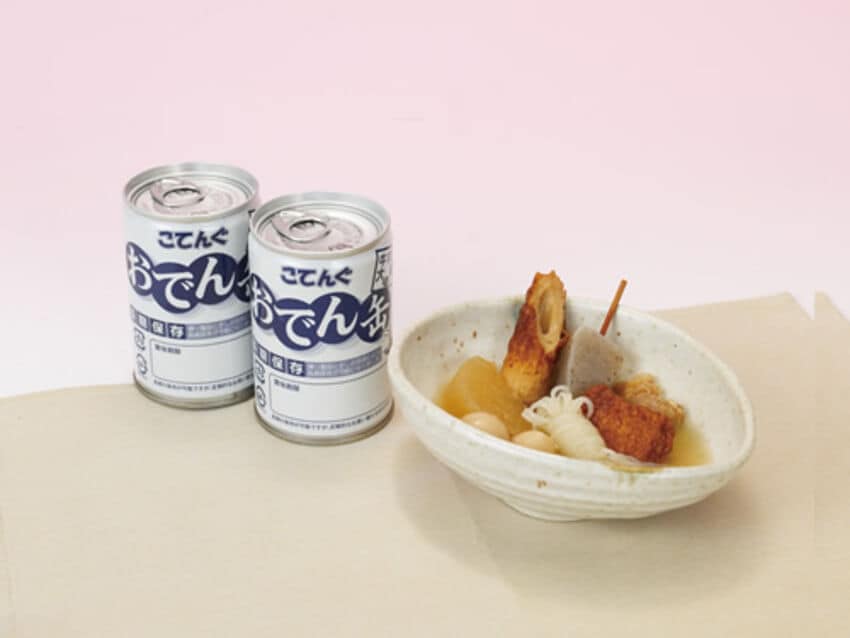
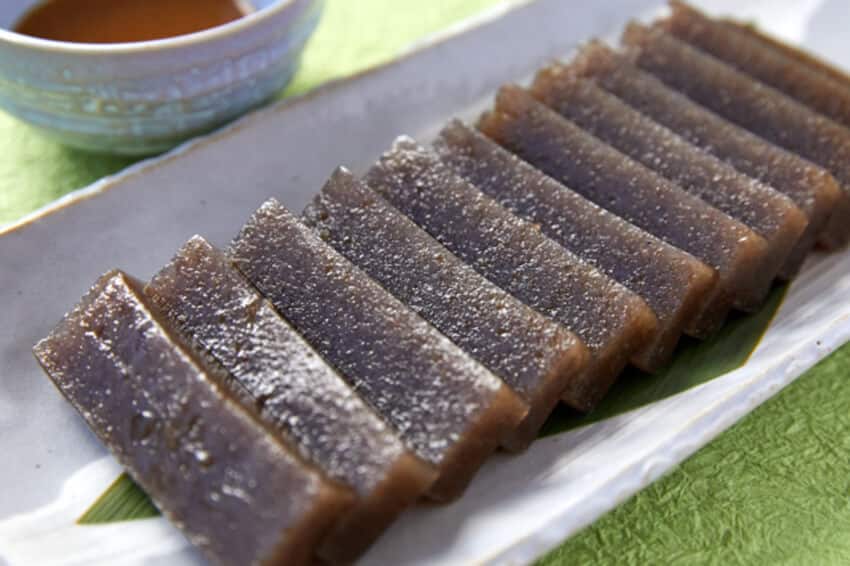
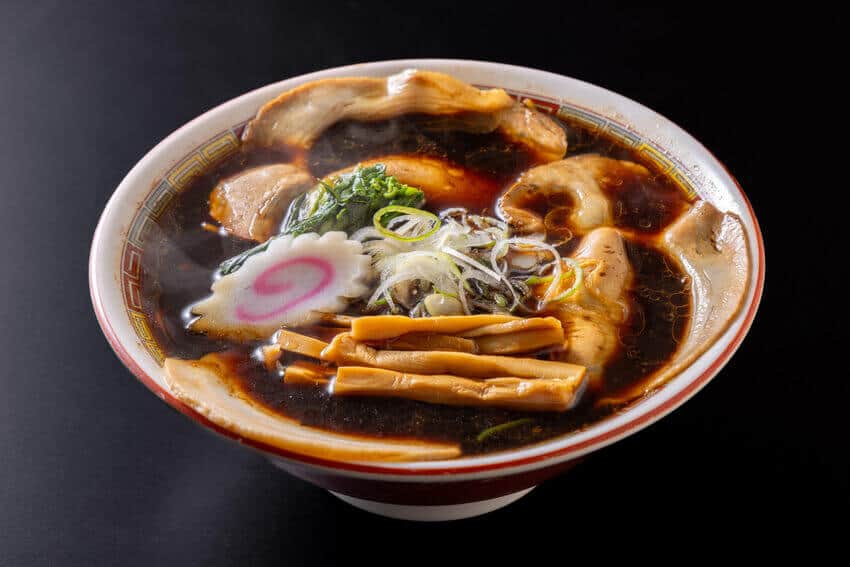

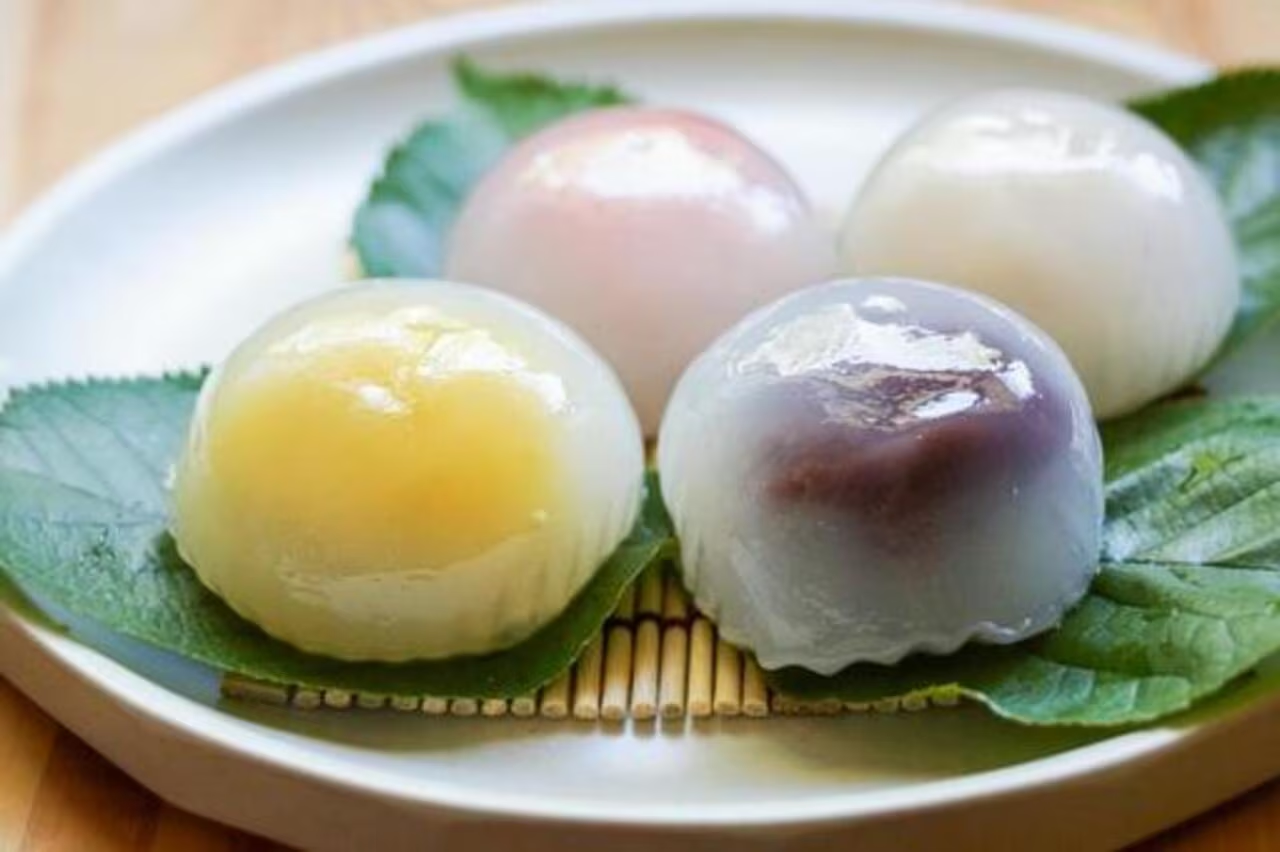

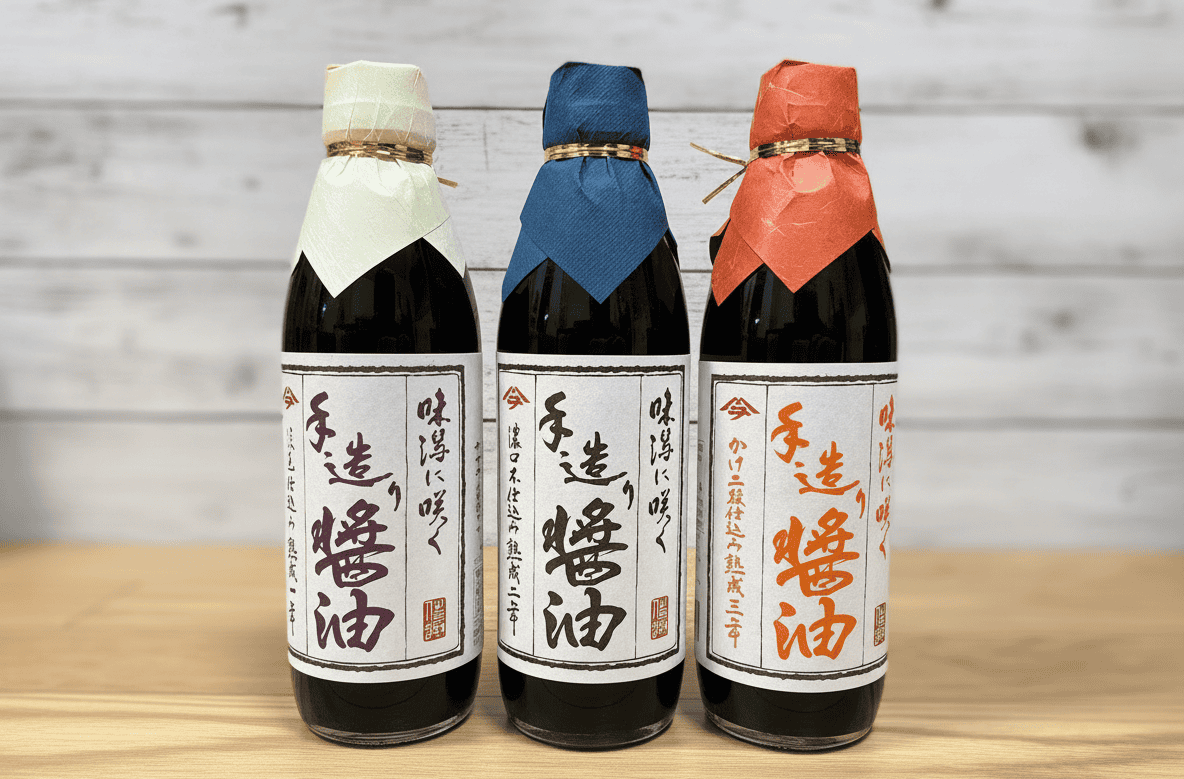
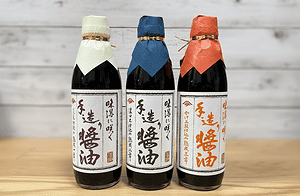
Comments